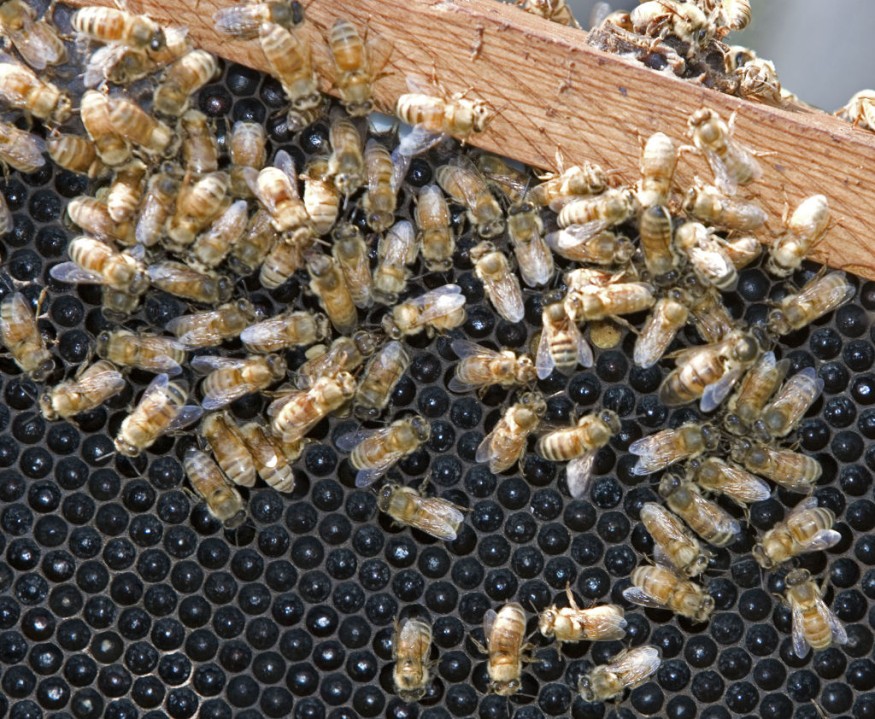Honeybee colonies in Canada are at risk as almost half of their population have disappeared during the country's last winter season, which typically spans between December and February each year. While the case seems straightforward, local authorities think that there is another reason of their reduced population, varroa mites.
Initial investigation shows that said honeybee population decline is the largest since the last two decades, indicating the explosive growth of the varroa mite population in the North American country over the years. The threatened bee population also poses risk to the country agriculture and the wider economy.
Varroa mites are known as an invasive species of mites which primarily prey on honeybees, reducing their fat bodies and eventually killing them. The identification of the specific causes of bee colony loss is not yet final, yet the recent honeybee deaths prove previous research that varroa mites are the main culprit behind honeybee winter and post-winter deaths across Canada.
Currently a growing threat in Australia, the invasive mites are considered endemic in the countries of Japan, Korea, and Thailand. Their presence has also been reported in the United States, the United Kingdom, New Zealand, and parts of South America and Europe.
Honeybee Winter Deaths

The last Canadian winter season saw the annihilation of 46% of colonies countrywide. The province of Manitoba reported the highest losses at 57%; this is followed by Alberta which lost 51% of its colonies and Nova Scotia being the least impacted with only 15% of its colonies that perished.
This preliminary data is according to the survey of Ernesto Guzman, the president of the Canadian Association of Professional Apiculturists, cited by the Canadian Broadcasting Corporation (CBC).
The apiculturists association surveys commercial beekeepers nationwide.
While there are a number of factors causing bee deaths, Guzman reportedly assumed varroa mites to be the main factor behind the colony losses. He explained the honeybees thrived during the spring season, which occurred from March to May, due to its warm weather.
However, the relatively calm weather conditions also allowed the growth of varroa mites, leading to their population explosion to an unspecific figure at this time.
Varroa Mite
Also known scientifically as the varroa destructor, the external parasitic bug varroa mite is a problem not only in Canada. This is mainly due to its reputation as the most "serious pest" for honeybees worldwide, according to the Australian government's Department of Primary Industries.
Characterized as a tiny animal with reddish and brown color, the mites attach themselves to the bees, infecting them with the disease called varroosis, which can be lethal for the winged insects if left untreated.
Amidst the ambiguity surrounding the bee deaths in Canada, a study over a decade ago proves otherwise that varroa mites are to blame.
The research published in the journal Apidologie back in January 2010 concluded that the varroa destructor is the main culprit honeybee deaths and their population decline of overwintered honey bee (Apis Mellifera) colonies in Ontario, Canada.
© 2026 NatureWorldNews.com All rights reserved. Do not reproduce without permission.





